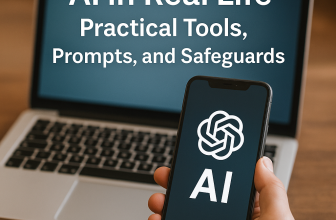
In 2025, crafting a visually stunning website is only part of the equation for digital success. Search Engine Optimization (SEO) remains a cornerstone for driving visibility, enhancing user experience, and ensuring your site performs optimally in search results. This cheat sheet provides web developers with updated strategies to excel in on-page, off-page, and technical SEO. Let’s dive into the essentials to boost your site’s ranking and engagement. 🚀
📌 SEO Best Practices at a Glance
| 🛠️ SEO Element | 📋 Guidelines | ✅ Best Practice |
|---|---|---|
| Title Tag | 50-60 characters | Place the primary keyword near the start. |
| Meta Description | 120-155 characters | Include the primary keyword; make it engaging to improve click-through rates. |
| Heading 1 Tag (H1) | One per page | Feature the primary keyword prominently. |
| Heading 2 Tags (H2) | Multiple, where relevant | Use the primary keyword naturally in at least 2-3 H2 tags. |
| Content Length | Minimum 1,200 words | Match or exceed the word count of top-ranking competitors. |
| Readability | Scannable and concise | Aim for a Flesch Reading Ease score of 60-70; use short paragraphs and bullet points. |
| Internal Links | 3-5 per page | Link to relevant internal pages, prioritizing cornerstone content or high-value pages. |
| External Links | 1-2 per page | Link to authoritative sources to boost credibility and relevance. |
| Images | At least 3 per page | Use optimized formats like WebP; compress images for faster load times. |
| Alt Text | Descriptive for every image | Include relevant keywords naturally to enhance accessibility and SEO. |
| URL Structure | Focus keyword included | Keep URLs short, descriptive, and separated by hyphens. |
| Schema Markup | Add structured data | Use JSON-LD schema to define page details, boosting search visibility. |
| Content Cannibalization | Avoid keyword overlap | Use canonical URLs or consolidate content to prevent internal competition. |
| Mobile Optimization | Responsive design | Ensure fast-loading, mobile-friendly layouts for a seamless user experience. |






